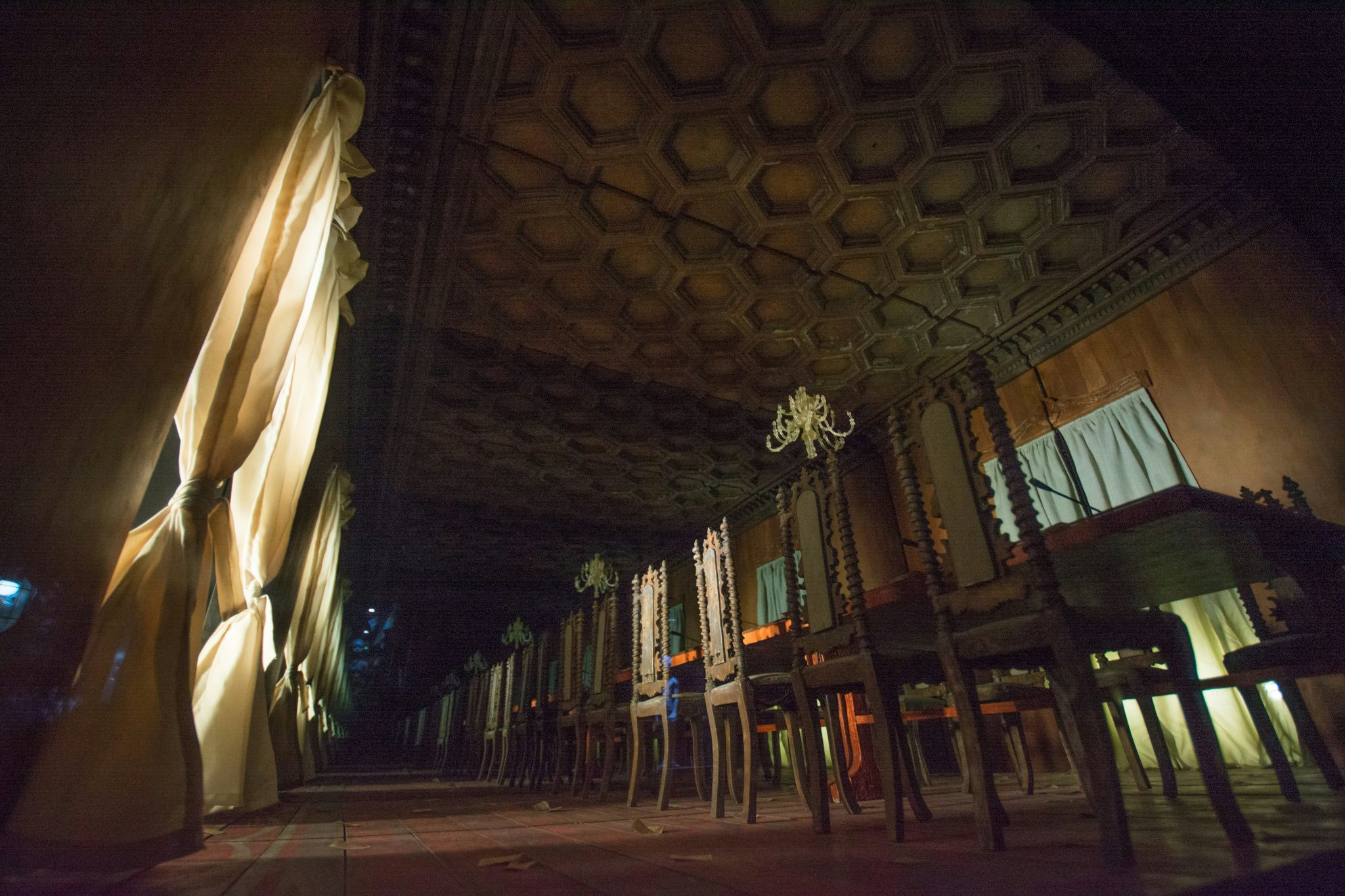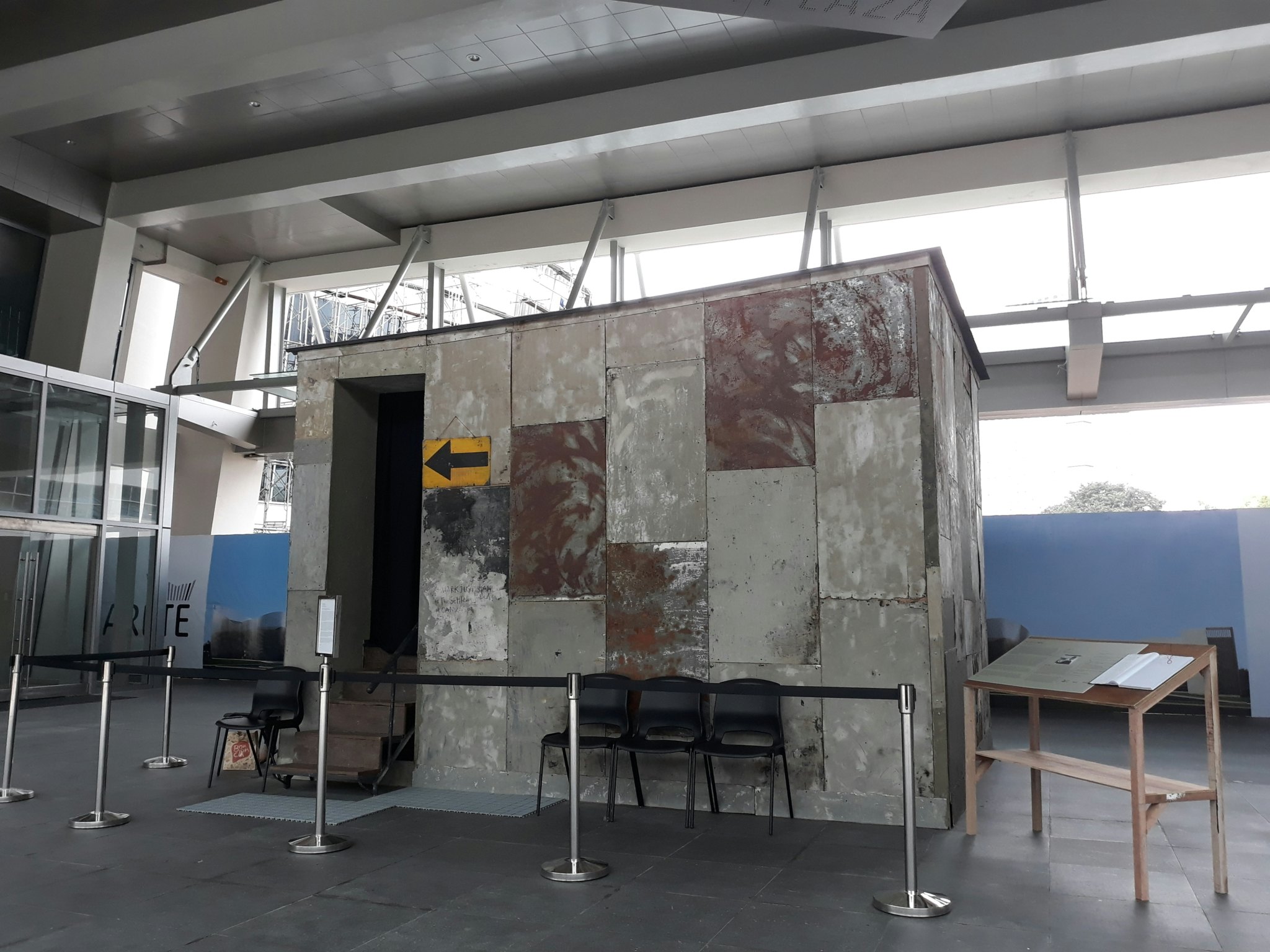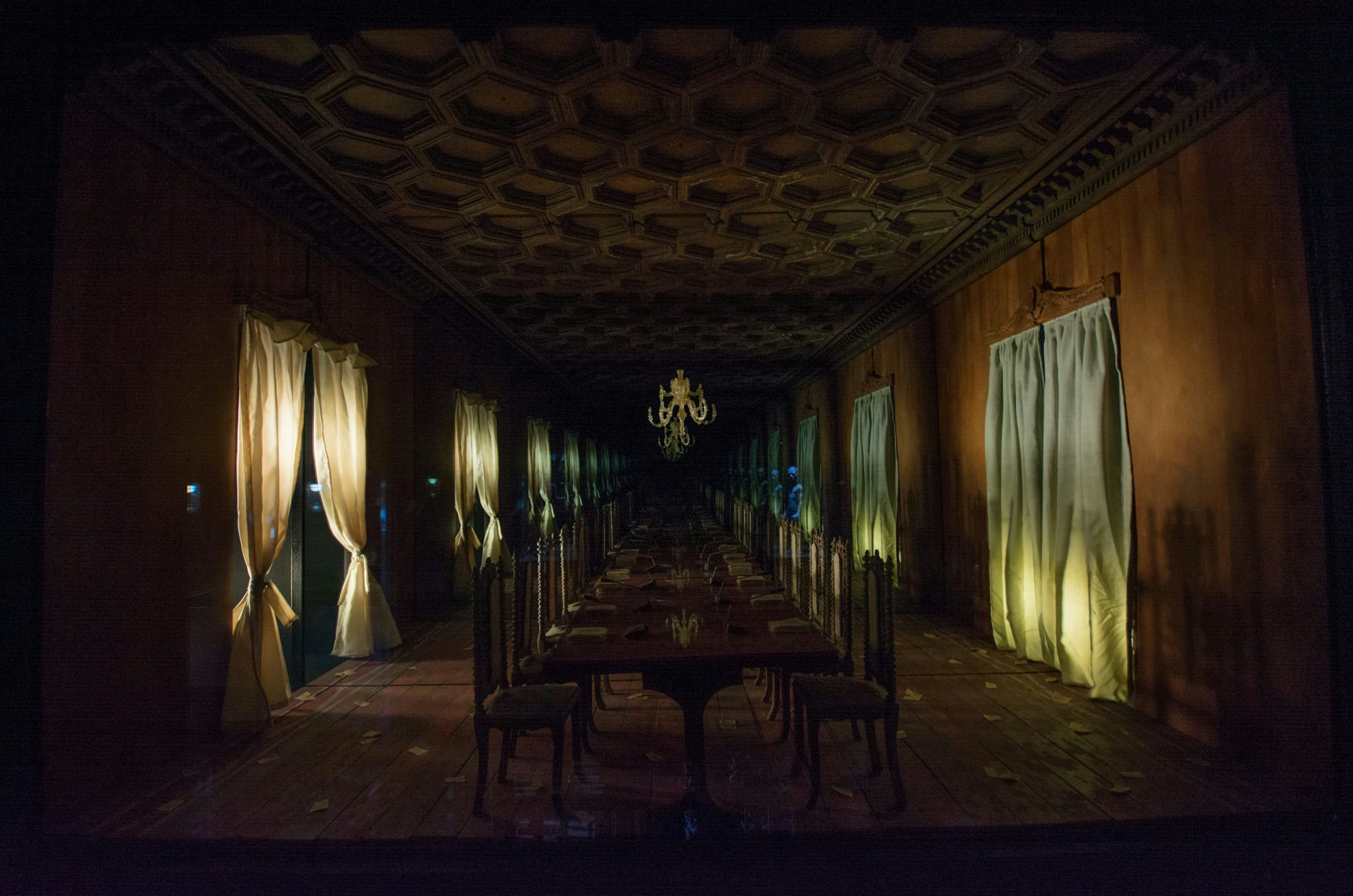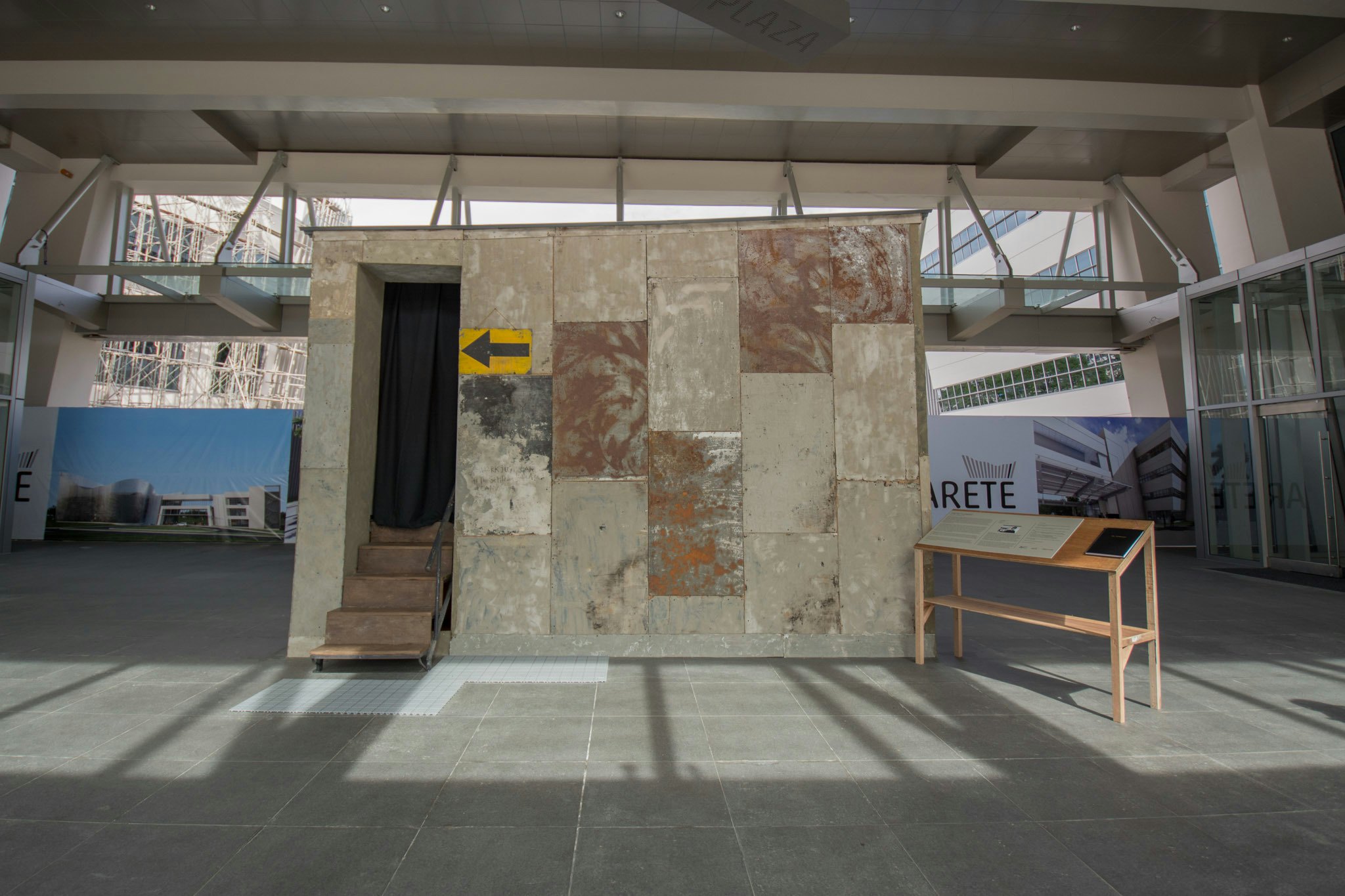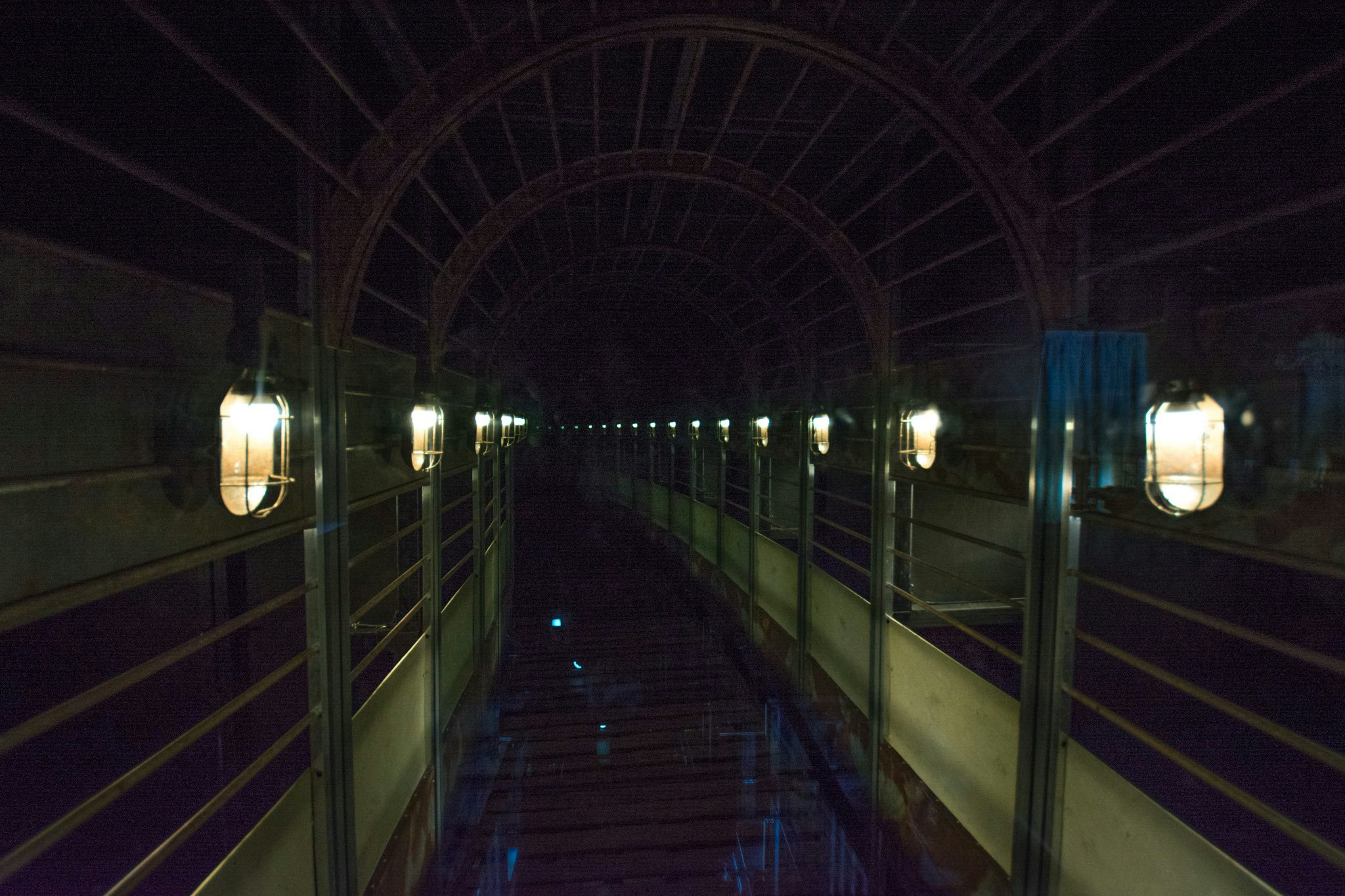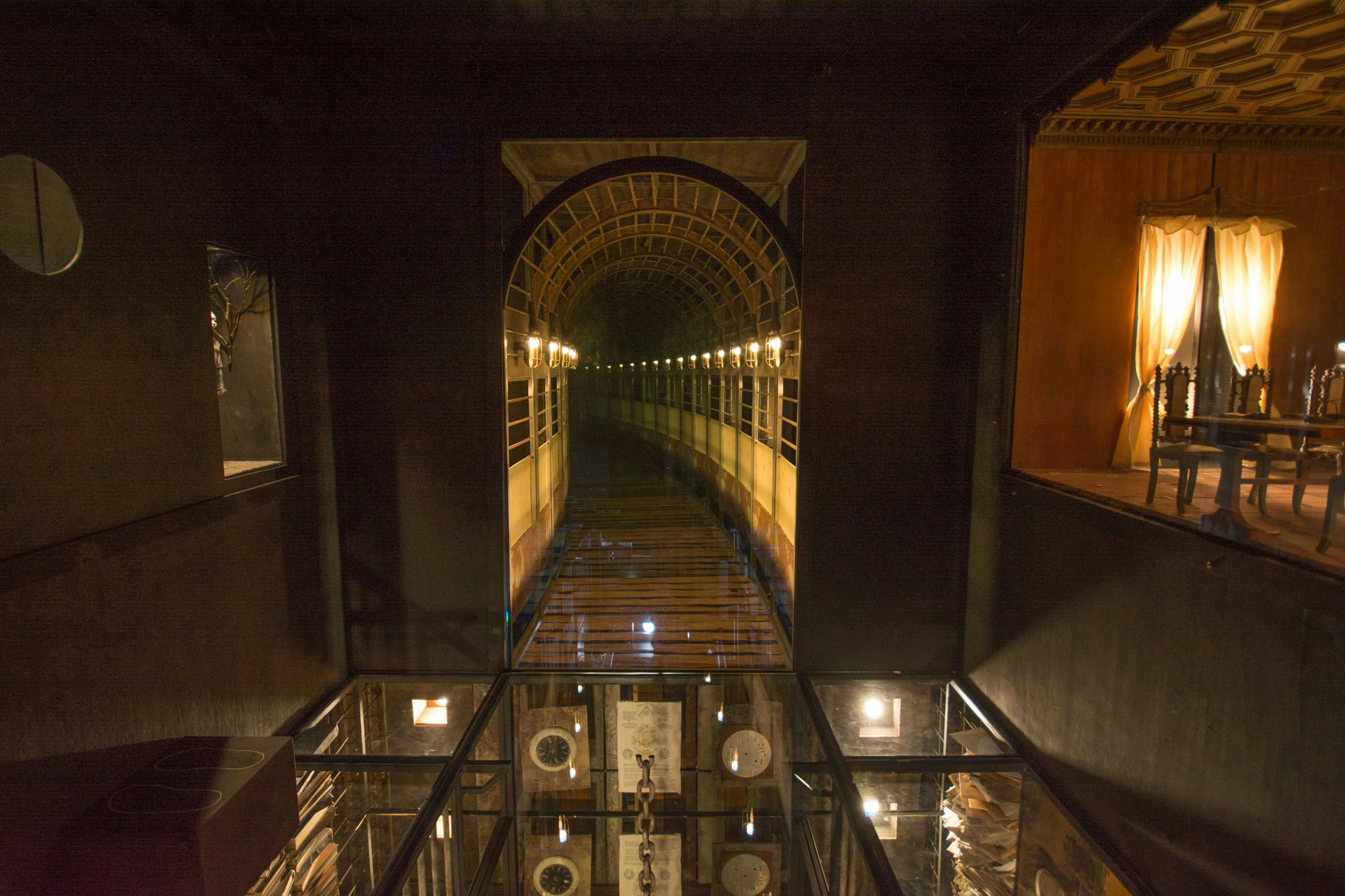Exhibitions

Exhibition
The Settlement by Mark Justiniani
Friday, 03 Nov 2017 to Saturday, 16 Dec 2017
Unionbank Plaza Areté, Ateneo de Manila University
The present bears on its shoulders the burden of the past. As it moves from generation to generation, humanity subconsciously carries the weight of the advancements and regressions of the people before him. Mark Justiniani’s public installation The Settlement dares to look back at our nation’s rich archive of narratives and allegories by putting on view unresolved moments that haunt our promises for the future. The piece is mired with symbolisms whose relevance goes beyond specific moments in history, as tropes of death, detention, trauma, destitution and conflict continue to persist in our current state of affairs. Although explicit in being a fragment in the archipelago of perspectives, this is a confrontation of our attitudes toward political myth-making, which people in power have continuously composed and the public have repeatedly consumed.
Situated in the middle of Makati’s central business district and in front of a premier cultural institution such as the Ayala Museum, Justiniani jars the pristine view by situating a barong-barong or an informal settlement in its midst. Its monumental size speaks of a parallelism to a shrine or memorial, unlike the form’s usual place in the periphery. Inside, the imagery of a hero, a folkloric figure, the multitude in the streets, and a stack of bread are enshrined in retablos, a direct testament to its religious connotation as avenues for both tribute and remorse. On one wall, a large rendering of the Aguinaldo Hall, the dining room where cabinet meetings are held in Malacañang, extends into infinity, where ghosts of unresolved betrayals and often disregarded sins of the past manifest.
The exposed and unfinished floor stretches endlessly downwards, crowded with allusions to opposing and defining parts of our ever-evolving narrative. With no fixed timeline, these echoes of the foregone are unearthed into references for the present. A glimpse of a bridge that ushers to an opening can be viewed at the farthest edge of room; it remains ambiguous whether it leads to another entrance, an exit or a dead end.
It is said that history tends to be cyclical, that we are made to repeat the mistakes of our forefathers. To see this work as a definitive declaration of either a collapse or emergence is too much to pursue. Instead, its indeterminate characteristic should be attributed to standing on the brink, where the choice of venturing into the portal regardless of its risks or to remain in the safety of a well-lit space becomes a critical moment for all of us.
-Iris Ferrer
Gallery
